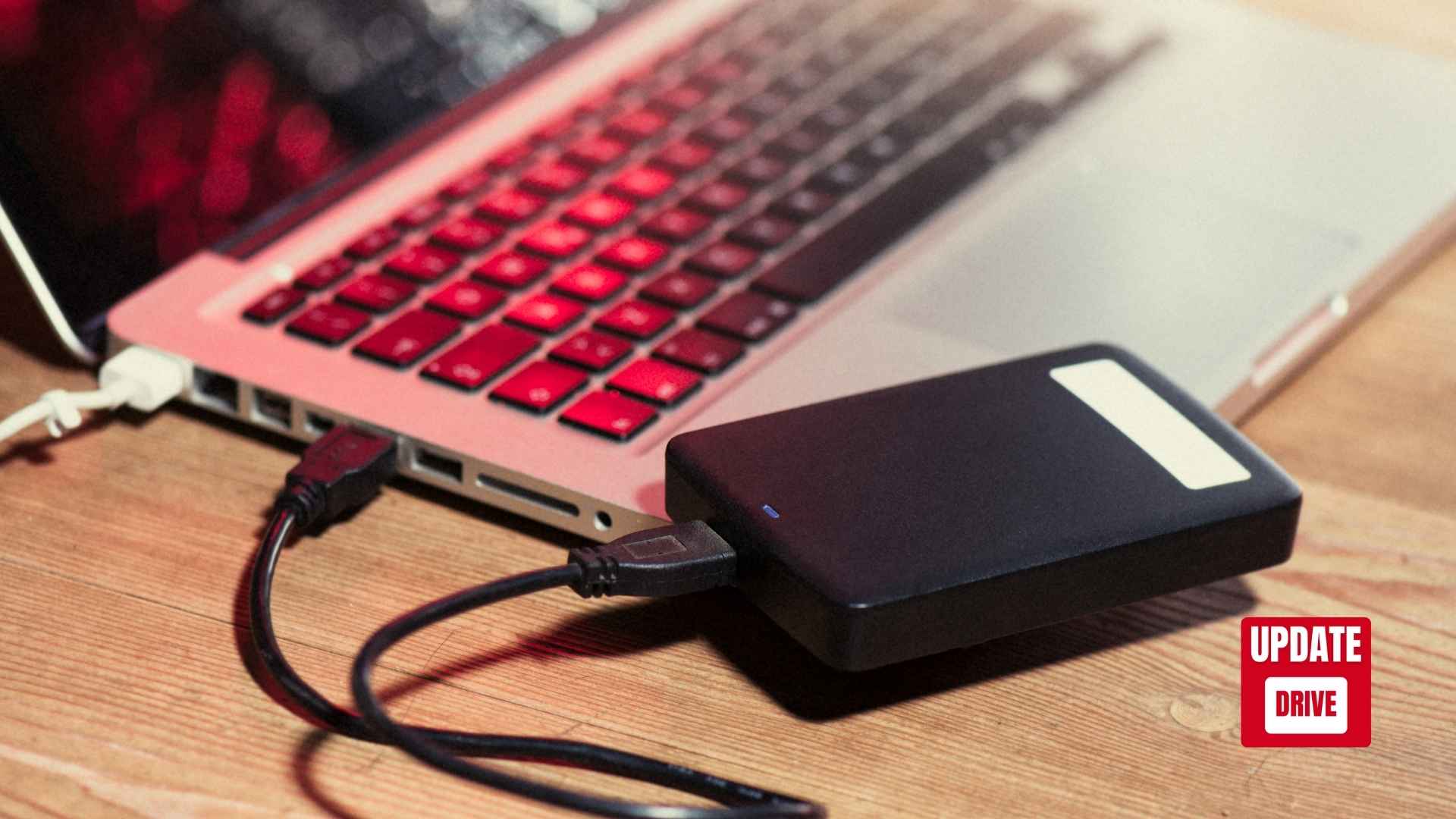Choosing the best external storage drive for photos involves several factors to ensure your images are stored safely and can be easily accessed when needed. Here’s a guide to help you make an informed decision:
1. Capacity
- Consider Storage Needs: Evaluate how much space you need based on the number of photos and the file sizes (RAW files take significantly more space than JPEGs).
- Future Proofing: Opt for a larger capacity than you currently need to accommodate future growth.
2. Type of Drive
- HDD (Hard Disk Drive): Generally offers more storage for a lower price. Good for backing up large amounts of data but relatively slower and more prone to physical damage.
- SSD (Solid State Drive): More expensive but much faster and more durable. Best for photographers who need quick access and portability.
3. Speed
- USB Interface: Look for USB 3.0 or USB-C connections for faster data transfer speeds compared to older USB versions. SSDs typically offer even faster read/write speeds.
- Transfer Rates: Check the read/write speeds (measured in MB/s) to ensure efficient photo transfers, especially for large files.
4. Durability and Reliability
- Build Quality: Consider rugged drives that can withstand drops, dust, and water. Brands often label these as “rugged” or “shockproof.”
- Reputation: Look for brands with a good track record for reliability, such as Western Digital, Seagate, Samsung, and LaCie.
5. Portability
- Size and Weight: If you travel often, look for a lightweight and compact drive that can easily fit in your bag.
- Enclosure: Drives with metal enclosures tend to be more durable than those made with plastic.
6. Backup and Security Features
- Backup Software: Some drives come with bundled software for automatic backups, which can be helpful.
- Encryption Options: If you’re concerned about security, look for drives that offer hardware or software encryption to protect your files.
7. Compatibility
- Device Compatibility: Ensure that the drive is compatible with your devices (Windows, Mac, etc.). Some drives come pre-formatted for a specific OS, while others can be reformatted.
- File System: Drives formatted with exFAT will work across different operating systems, which is useful if you switch between Windows and macOS.
8. Price and Warranty
- Budget: Set a budget that meets your needs while considering the balance between capacity, speed, and durability.
- Warranty: Check the warranty period. A longer warranty often indicates confidence in the drive’s reliability.
9. User Reviews and Recommendations
- Research: Look for user reviews and professional recommendations to gauge the performance and reliability of the drive.
- Photography Forums: Engage with photography communities to see what others recommend based on similar needs.
Conclusion
When selecting an external storage drive for photos, prioritize capacity, speed, and durability based on your specific needs. Whether you choose an HDD or SSD will depend on your storage requirements and budget. Taking the time to consider these factors will help ensure that you choose a drive that keeps your photos safe and accessible.
If you have specific needs or scenarios in mind, feel free to ask for more tailored recommendations!

